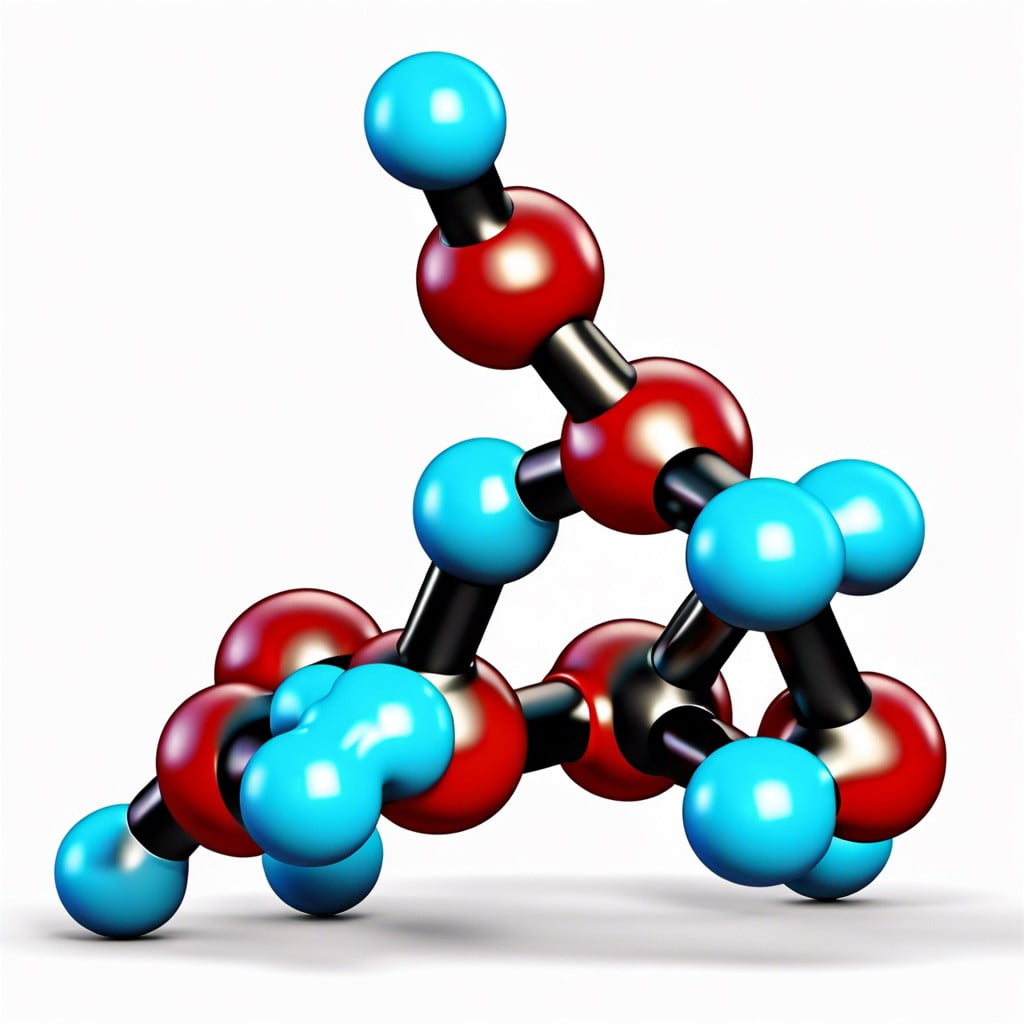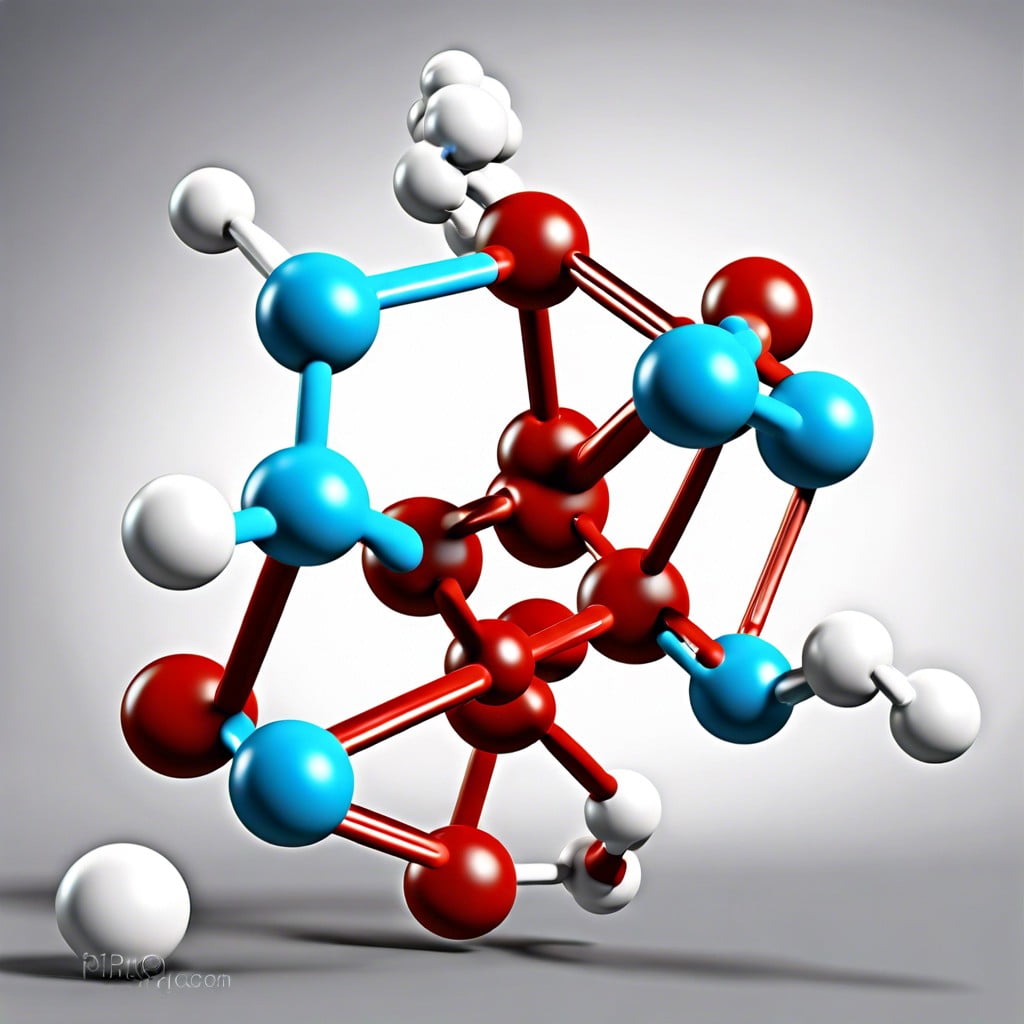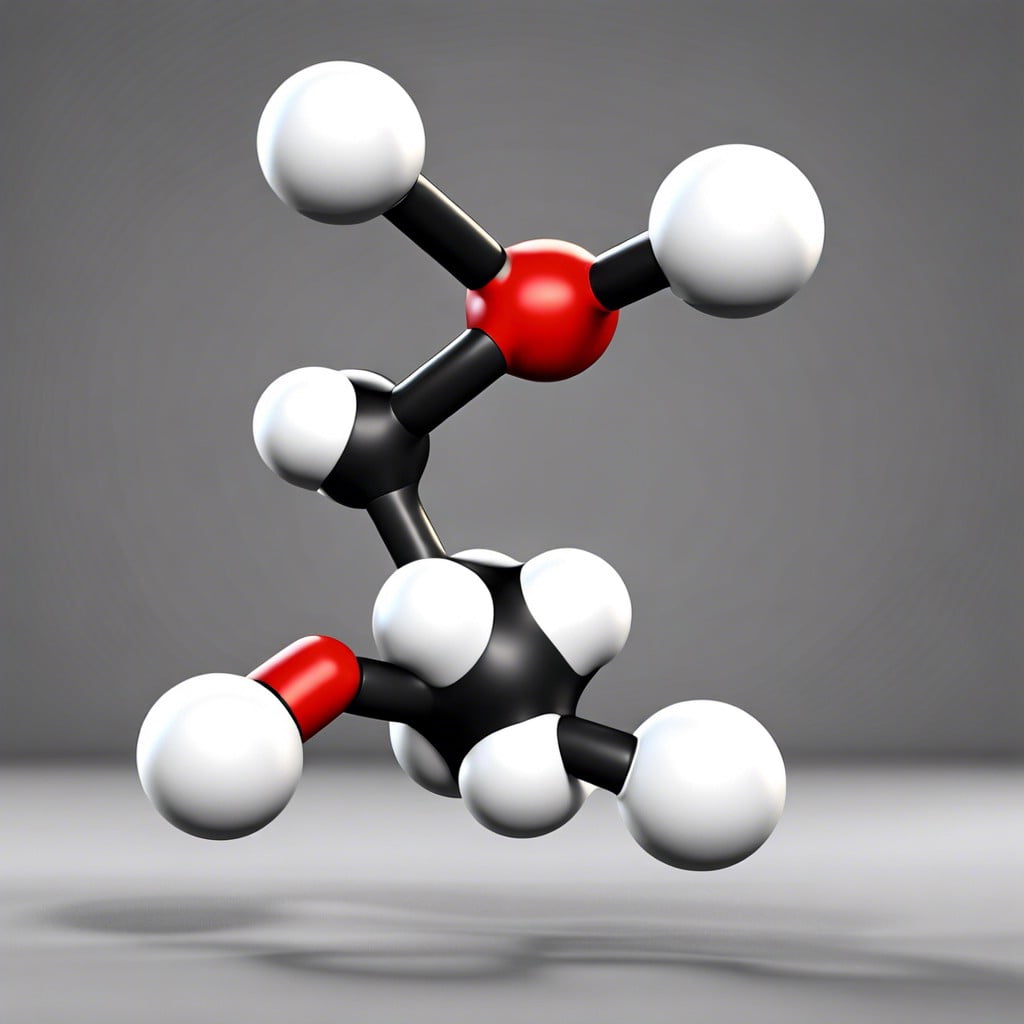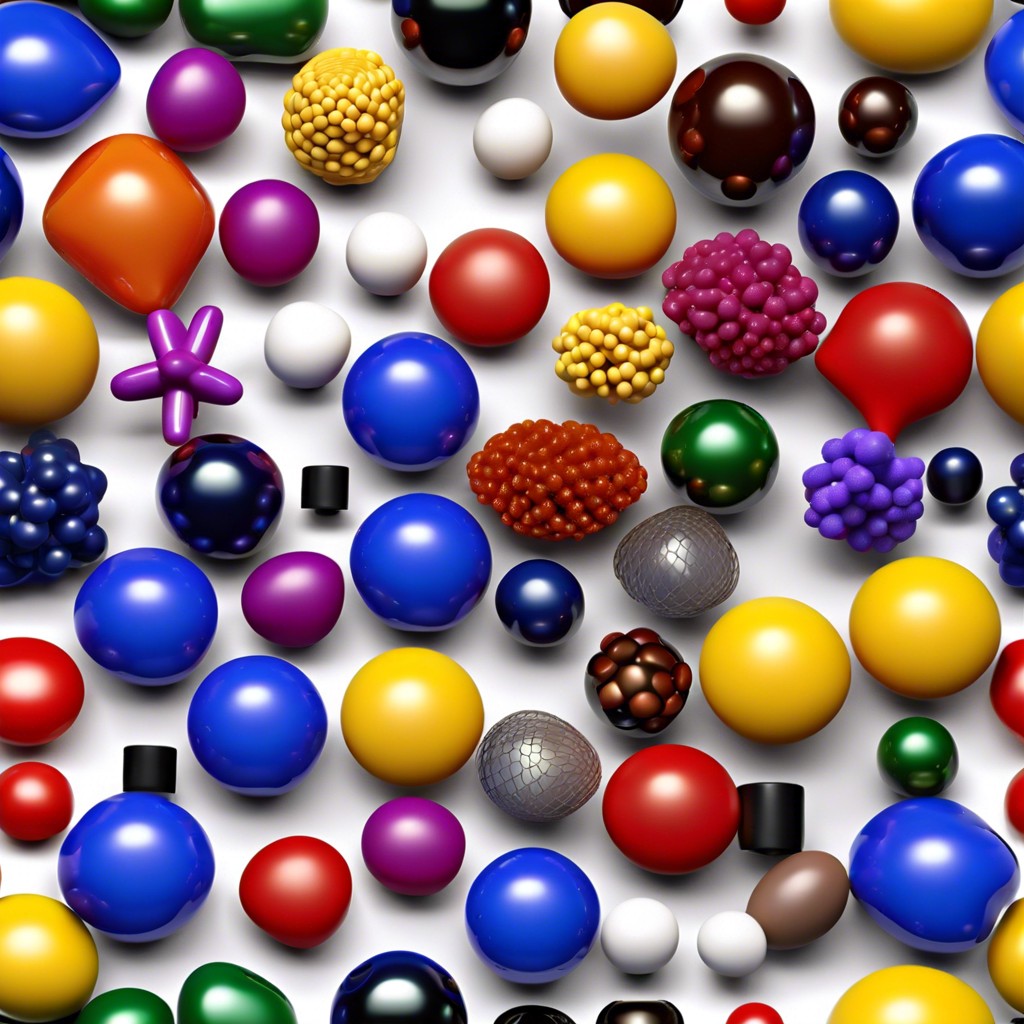Discover the difference between polymers and monomers and how they form the building blocks of everyday materials.
Key takeaways:
- Monomers are small molecules that bind with others to form polymers.
- Polymers are long chains of monomers with unique properties.
- Polymerization can occur through addition or condensation processes.
- Polymers have diverse applications in everyday life and industries.
- Environmental impact and future trends are key considerations in polymer technology.
What You Will Learn
Definition of Monomers and Polymers
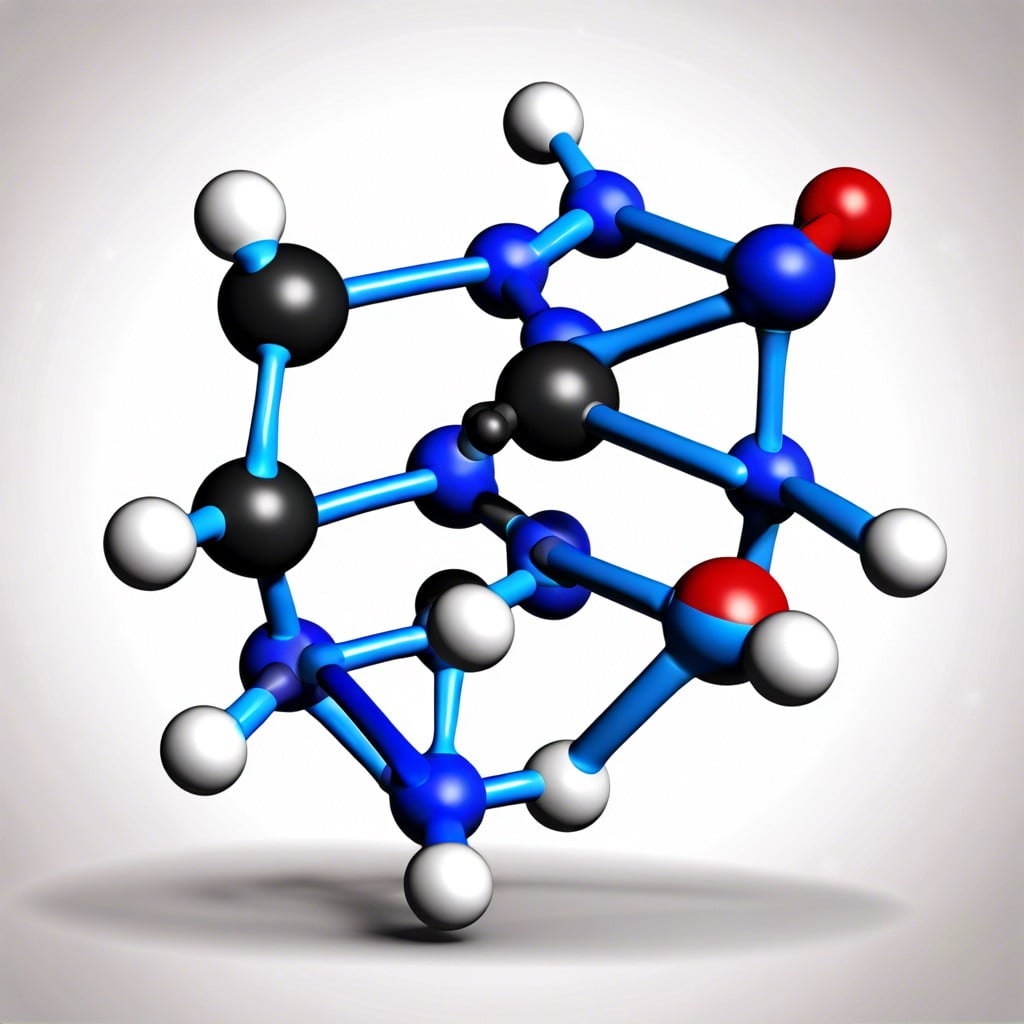
Think of monomers as the building blocks of your favorite Lego set. Each small plastic piece has the potential to connect with others to create a more complex structure. Similarly, monomers are small, simple molecules that have the special capability to bind with other monomers to form a larger, more intricate molecule called a polymer.
Zooming in on polymers, imagine them as a train. Each carriage represents a monomer, and when they link together, they form a long chain, much like how a polymer consists of numerous monomer units joined in a repeating pattern. This chain of monomers, or polymers, gives materials distinctive properties like flexibility, strength, or durability.
From everyday plastic water bottles to the silicone in high-strength adhesives, polymers are everywhere. They play a key role in crafting materials that make our daily lives run smoothly. Whether it’s the nylon in your toothbrush or the polyethylene in plastic containers, polymers’ diverse applications are a testament to their fundamental role in our homes and industries.
Polymerization Process
Imagine a train being assembled. Each car, a small molecule called a monomer, links up in a precise pattern. When many of these cars join together, they form a long train, which in polymer land is known as a polymer. This process is akin to a high-tech shindig where monomers throw their hands up, link together, and don’t let go.
Polymerization, the process of creating these complex structures, comes in two flashy styles: addition and condensation. Like a game of molecular tag, in addition polymerization, the monomers add to the chain one by one without losing any parts, growing longer as each new monomer jumps in.
On the flip side, condensation polymerization is like making a fruit salad with a friend. When you both bring fruit to the bowl (monomers), a tiny bit, perhaps a splash of juice or a grape, is left out (small molecules like water), forming a tasty salad (polymer). Whilst the fruit bowl gets more bountiful, just like our polymer chain grows longer.
The temperature and pressure play master of ceremonies, guiding monomers to form these polymers with just the right energy. Catalysts are the wingmen, speeding up the process without being consumed themselves. This meticulous choreography results in materials that range from the sturdy pipes in your home to the cozy fleece of your favorite jacket.
Importance of Polymers in Modern Society
Polymers are like the unsung heroes of material science, always behind the scenes but making a big splash in how we live our lives. From the toothbrush you use in the morning to the mattress you crash on at night, polymers are there.
They’re the building block of plastics, which means they’re in the packaging that keeps your food fresh. But, that’s not all. Picture a world without comfy sneakers or waterproof jackets — pretty bleak, right? Thanks to polymers, we don’t have to imagine that.
Not just in your home, these versatile materials also play a vital role in construction. They’re in the paints that color our walls, the sealants that keep our buildings snug, and the pipes that make sure water flows without a hitch.
In the medical field, polymers show their caring side. They’re in disposable syringes, artificial limbs, and heart valves. It’s incredible how something so small can make such a big difference in keeping us healthy and safe.
They’re even in your electronic gadgets. Yes, that smartphone you can’t live without relies on polymers for its circuits and its sleek, lightweight design.
All in all, without polymers, we’d miss out on many conveniences that we often take for granted. Like chameleons, they blend into every aspect of daily life, improving it bit by bit without much fanfare.
Environmental Impact of Polymers
Polymers are everywhere – from the tiny toothbrush that greets you every morning to the countless packaging materials that come and go from your life. Their versatility is unmatched, but so too is their environmental footprint.
Picture a world where plastic refuses to say goodbye; it’s a sticky situation for our planet. Most polymers, particularly plastics, are stubborn when it comes to breaking down. They can take centuries to decompose, hogging space in landfills and sometimes making their way into oceans, affecting marine life.
Not all heroes wear capes, and biodegradable polymers are one such unsung hero. They break down more easily and have a lesser impact, offering a glimmer of hope in the murk of environmental concerns. However, these are not without their own challenges, including higher costs and sometimes a trade-off in performance.
Moreover, recycling polymers can be like trying to solve a Rubik’s cube. Factors like contamination and sorting can turn recycling from a hopeful solution into a complex puzzle.
The paradox of polymer’s environmental impacts is real – they make life convenient but challenge the very earth that cradles us. Understanding this dual nature is pivotal in navigating our use of these materials in a responsible manner.
Future Trends in Polymer Technology
Scientists are rolling up their sleeves to develop smart polymers that react to stimuli—imagine materials that heal themselves like skin or change color with temperature. We’re not quite in the realm of sci-fi yet, but the potential is there.
Biodegradable options are also sprinting ahead in the race for sustainability. These plant-based champions might just one day kiss goodbye to our reliance on traditional, landfill-loving plastics.
Meanwhile, 3D printing aficionados are getting a kick out of the new generation of polymers specifically concocted for their craft. These materials are set to revolutionize the way we build everything from the screws in your glasses to the satellites orbiting above us.
Lastly, keep your eyes peeled for the mingling of polymers and electronics. Conductive plastics are on the doorstep of transforming how we design and interact with gadgets. Codable polymers could be the secret password for the next wave of wearable tech magic.
Related reading:
